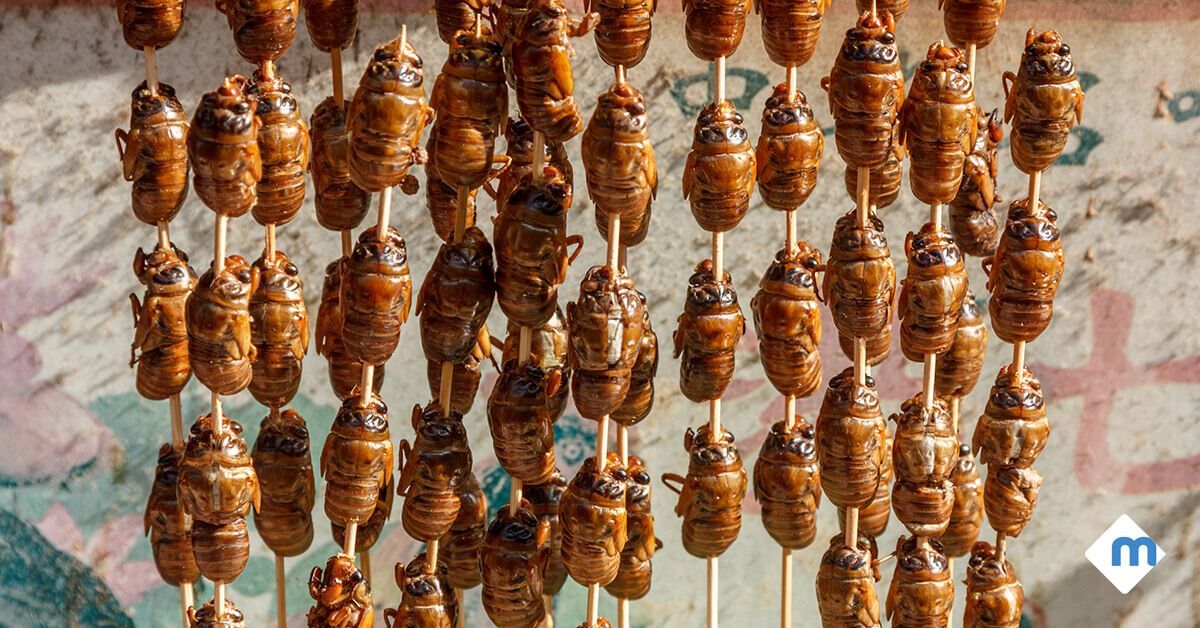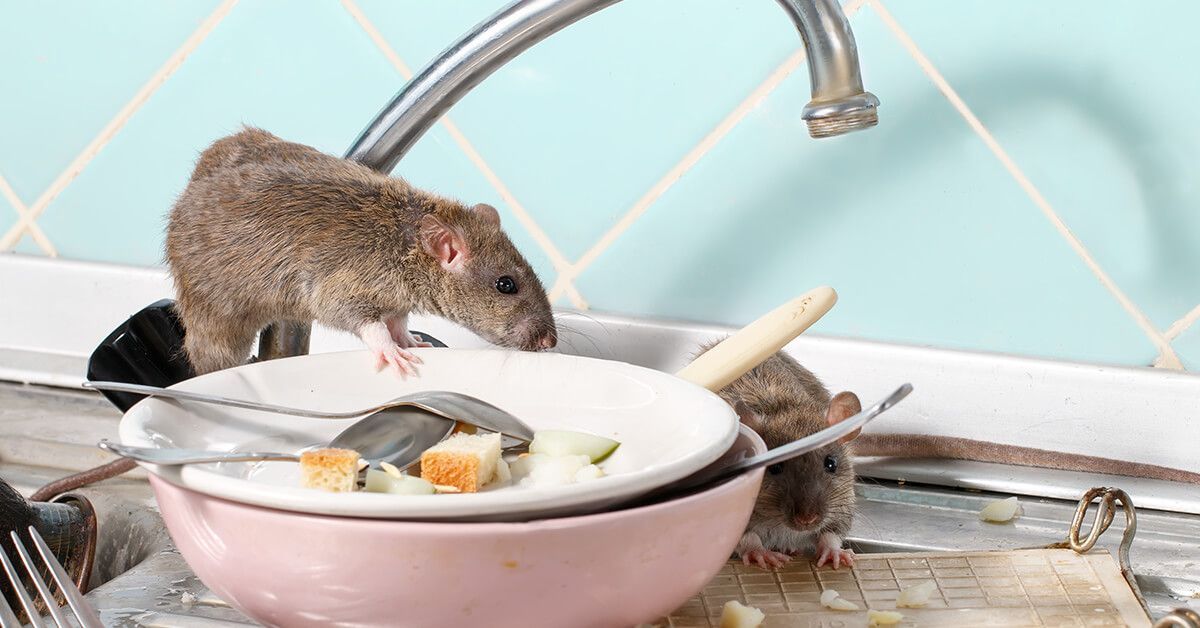The comic book universe has many insect- and arachnid-inspired superheroes. The current Avengers movies by Marvel feature a few: Spider-Man, Wasp, and Ant-Man. And now it’s finally time for the latest pest-inspired installment: Black Widow.
Black Widow, the alter ego of Natasha Romanoff (played by Scarlett Johansson), is a misunderstood assassin and spy who switched from working for Russian intelligence to working for S.H.I.E.L.D. and the Avengers. She is fierce, fearsome, intelligent, beautiful, tough, and deadly. It’s no wonder she took the name of a venomous and feared spider to represent her.
According to Psychology Today , female serial killers who target their own husbands are coined “black widows”. Not just one, but at least 3 husbands would be killed in order for the murderess to be considered a black widow. Between a fictional assassin and nonfictional serial killers of the same name, the arachnid namesake must also have a reputation to match.
The black widow spider is one of the more recognizable species of spiders. The female is about the size of a paperclip, is usually black, and has a red hourglass shape on her belly. Like their serial killer counterparts, they are associated with killing their mates. Most people fear these spiders because they are venomous and thought to have some of the strongest venom. But like Natasha, these ladies are misunderstood and aren’t as ruthless as their reputation suggests.
The Burke Museum explains that the data collected about mate cannibalism is almost exclusively gathered from captivity observance—where the males can’t escape the females. The only type of widow known to regularly snack on their men are in the Southern Hemisphere. The widows found on the eastern side of the U.S. occasionally have a mate meal, but usually, males can escape and even go on to mate again. The black widows in nature on the West Coast have never been seen committing mate cannibalism.
“Okay, so maybe she’s not as big a threat to the men in her life, but what about that venom? She could still bite me!” National Geographic’s profile on the black widow does acknowledge that the spiders are venomous, but even the venom’s reputation is exaggerated: “In humans, bites produce muscle aches, nausea, and a paralysis of the diaphragm that can make breathing difficult”. Fatalities in humans are rare, and typically only occur in children, the elderly, or those who are already sick.
Just because the venom isn’t deadly to all , does not mean I want black widows in my house! There is already an infant, two dogs, a cat, and even a snake I share a home with. I need full home protection for all species. Luckily, Moxie has black, and even brown, widow coverage. Because when it comes to spiders… venomous, non-venomous, black widows, Natasha Romanoff, or even your friendly neighborhood Spider-Man… stay out of my house!




